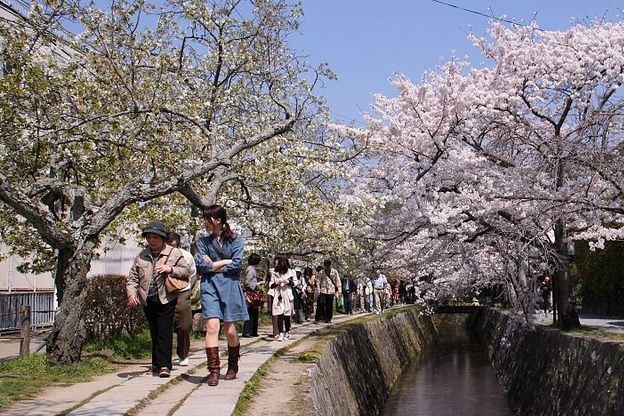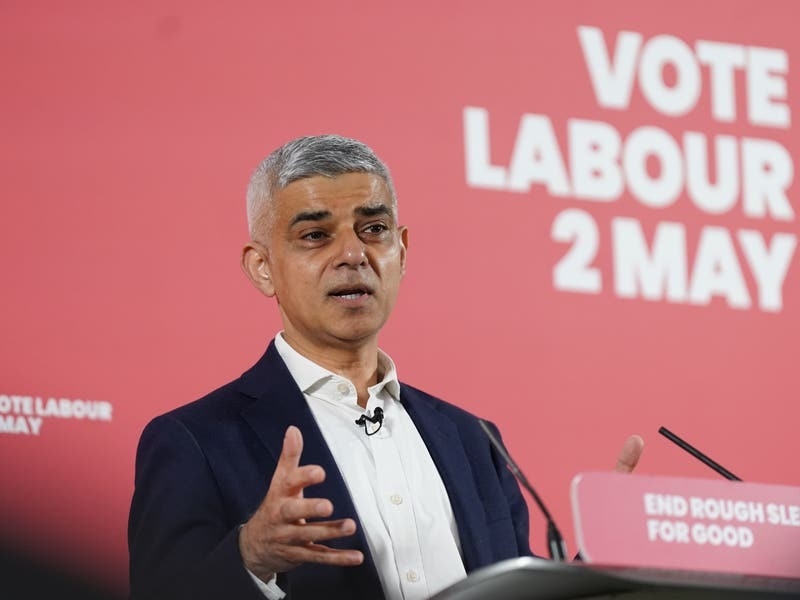IN 2011, 40 eco-minded individuals in Australia set themselves a challenge of going plastic-free for one month each year.
By the year 2020, the number of people adopting this practice had risen to 326 million.
As a result of this magnificent collective effort, certain well-known confectionery companies are now in the process of replacing single-use plastics with biodegradable and compostable packaging.
In March 2021, Mars Wrigley and Danimer Scientific announced a two-year partnership to develop packaging for certain US confectionery brands.
First of the ‘sweet wrappers’ to go biodegradable is the popular tasty chew, Skittles.
Who knows, with more brands to follow, it could be the sweetest of environmentally-friendly success stories.
—
WE are all now aware that the seasons are as confused as we are when attempting to rigidly adhere to age-old timetables.
While nature does its level best to respond to climate change, it can still get knocked sideways by inexplicable spells of tricky timekeeping. Take Japan’s annual mesmerising display of cherry blossom.
One of the top ‘petal’ spots for blossom is the ancient capital city of Kyoto where this year’s annual display has surprisingly appeared ten days ahead of schedule.
Having delved back into the historical diaries of emperors, governors and monks, researchers at Osaka University confirm that the cherry-blossom bloom of 2021 is the earliest to arrive for more than 1,200 years.
—
THE diamond industry has lined the pockets of many a rich man while simultaneously causing devastation to the environment.
Because of new-found concern over such unacceptable eco-damage and the hazardous human working practices, there is a growing demand to find an alternative to mined diamonds.
Stepping up to the plate is the world’s biggest jeweller, Pandora, who is now switching exclusively to laboratory-made diamonds.
With worldwide lab-grown diamond production having grown to between six and seven million carats during 2020, there’s now a ‘sparkle’ of hope for the environment and for those who risk their lives in the mines.
—
HATS off and high fives to NHS nurses and staff at the critical care unit at the University Hospital of Wales in Cardiff.
In a worthy effort to offset their accumulated carbon emissions and plastic waste following the treatment of patients suffering from Covid-19, hospital staff are in the process of the hands-on creation of a new woodland.
The ongoing planting is taking place on the outskirts of Crickhowell and hopes are that other hospital trusts might be inspired to do the same.
In a nice traditional touch, the woodland will be given a Welsh name and is expected to receive a public launch later this year.
With many woodlands in Wales known to be in quite a bad state of health, the creation of a new healthy one by healthcare volunteers seems to have a nice feel of ‘recovery’ about it.
—
IT would be quite wrong to say that one single extreme weather event is the consequence of climate change.
But, when they appear with increased ferocity and regularity, minds become far more seriously focused.
A stark reminder of what climate change is doing to the environment and to human populations is being clearly witnessed in Sub-Saharan Africa.
One of Africa’s most remarkable attractions for tourists, and an obvious source of income for Zimbabwe and Zambia, is the Victoria Falls.
Rightly referred to by the local community as ‘the smoke that thunders’, the falls are fed by the mighty Zambezi river that impressively plunges into a chasm known as the First Gorge.
In 2019, due to severe drought, river levels dropped massively and the Victoria Falls fell silent.
With such drastically low levels of water, the economic impact caused by fewer tourists and issues arising from severe interruptions to hydroelectric-generated electricity supplies, has made the situation dire.
The fickleness of monsoons, upon which the Zambezi river is so dependent, appears to be yet another unhelpful addition to the global climate catastrophe.
—
AND finally… a unique and privately funded ‘eco-study’ has been undertaken on behalf of food and agriculture.
Carefully stowed away in the cargo unit of the International Space Station were a dozen bottles of Petrus 2000, a fine wine from the Bordeaux region.
Having spent 400 days in space and travelling some 300 million km in zero gravity, the precious wine cargo returned to earth in January 2021.
As of now, Christie’s have put a single bottle on the market with an auction house estimate of £720,000.
Thrown in for good measure is a much-less-travelled regular bottle of Petrus 2000. It’s a pretty expensive way of testing if there’s any difference I’d say!






